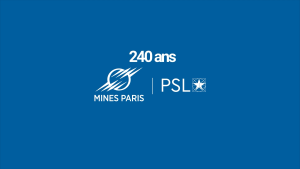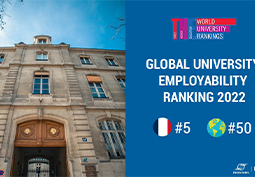Centre of Thermodynamics of Processes




To find solutions for reducing the CO2 emissions of industrial origin (energy production, cement factories, etc.), many options of capture processes exist (physical and chemical solvents, cryogenics, adsorption, gas hydrates, etc.) which sizing, formulation and operation must be optimized. In this respect, it is essential to study the phenomena from a molecular perspective by conducting experiments to understand them and to define the phase diagrams. For example, the CTP is to develop a new test bench and the associated models to assess the water content in gases and to measure dissociation points of gas hydrates that can be obtained in the absence of water excess. One should note that such studies frequently come from industrial partners.
Likewise, during the CO2 transport, knowledge of the phase diagram of CO2-rich smokes and of contaminants they may contain is of paramount importance to size compressors and to assess hazards in case of leaks or the presence of water (formation of hydrates). The storage of the CO2 can be undertaken in different ways. Knowledge in phase diagrams in storage conditions is essential. Moreover, the CO2 can react with rocks. The CTP is developing the thermodynamic models useful for the understanding of the phenomena and the measurement devices allowing you to determine experimentally the phase diagrams.
The treatment of gas and liquid hydrocarbons is a field offering many activities and research opportunities (natural gas, coal, gas and shale gas). Indeed, the underground exploration has identified new hydrocarbons deposits that must be processed before any use. Similarly, some countries with limited access to these resources are turning to coal and its Coal to Liquid process. This processing consists in removing the CO2 and the sulfur products and in avoiding gas hydrate formation during the natural gas transport (addition of methanol, precise knowledge of the water content during processing, impact of aromatic compounds during gas scrubbing, methanol content, dehydration). The phase diagrams are also essential for the optimization of the unit operations of petrochemical units.
For more information, click here.

Ecole
240 ans de recherche et de formation
Vidéo : 240ans de recherche…
> En savoir +

Formation
Mines Paris plébiscitée par ses étudiantes
Mines Paris - PSL, une école qui répond…
> En savoir +

Formation
Femmes de science
Chercheuses confirmées, doctorantes, élèves ou alumni,…
> En savoir +

Formation
Quelle école d’ingénieurs a le…
Mines Paris - PSL au Top 5 du classement LinkedIn 2023…
> En savoir +

Formation
En l'honneur de Cécile DeWitt-Morette
Claude Ribbe (Mairie du 6e arrondissement), Armand Hatchuel…
> En savoir +

Formation
Classement "Employabilité" THE 2022
Dans l'édition 2022 du Global Employability…
> En savoir +
